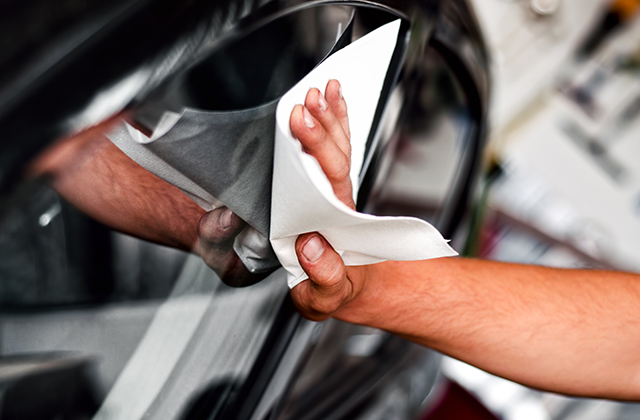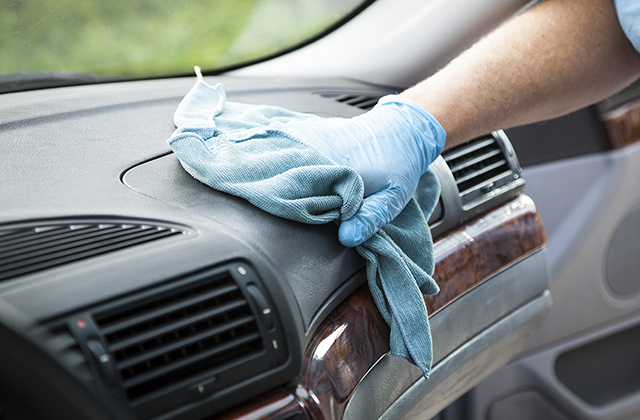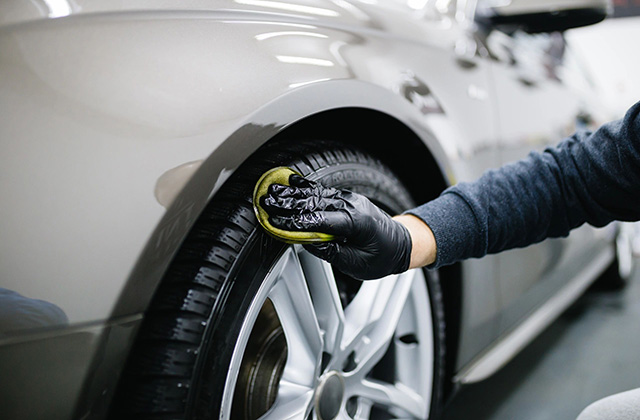
Wheel Woolies are renowned for not only providing an unbeatable clean to the visible parts of the wheels such as the rims but the small crevices where brake dust and dirt accumulates. Perhaps your car is just getting dirty from wear and tear. Perhaps you take your car in for an oil change, and your dealer asks if you want to get your car detailed. Is it worth your money to get professionally done? Leather protector are the cherry on top of a luxury car sundae, but without proper maintenance, they can be downright gross.
The secret to car detailing is in the name: it’s all about the details. When professionals detail your car, they know all the professional secrets that you might not.
Professional car detailers have all of the equipment ready. They have the detergents and the vacuums. If you don’t mind getting together the materials that you will need to detail your car, then consider detailing it at home. You will have to pay more initially to get all the materials, but you certainly won’t use up each of your cleansers every time. After the initial outlay, it becomes much cheaper to detail your car at home.
If you want to detail at home, find out what extras the professionals do to give your car the added boost. Often, they do large tasks such as taking out the seats in cars with removable seats to get all of the added grit. If you feel uncomfortable or unable to do such tasks, consider getting a professional to detail your car. You might even not feel up to the basic tasks of cleaning if you are physically limited. This is where professional help is the best solution.
If you choose to detail your car at home, there are a few basics to consider. For a thorough detail, you will want to wash your car, polish or wax your car, clean the interior, and get those windows clean. Car enthusiasts will also clean the parts of the engine that you can see. Remember not to skip your tires or your trunk!
Here are some hints for do-it-yourself car detailers. Use a wet-vacuum. A water-powered vacuum will be able to get the stains out of your upholstery better. If you have a leather car interior, consult an expert (or even call your dealer) before vacuuming. You might be best to simply wipe your car down if you have a leather car interior. When you use a wet-vacuum, always use slightly warmed water to clean your car. This brings out the best possible results.
Another tip to keep in mind if you are detailing your car is to never spray cleaning agents directly on to any surface of your car. Spray it onto a soft cloth or chamois to apply. Don’t use anything hard or scratchy on or in your car. You don’t want to chip the paint, polish, or finish. Use carpet cleaners for upholstered seats. Take out floor mats and clean them separately.
At a dealership or professional detailer, always ask what is included in the price of the detailing. Sometimes car detailing includes fixing marks to the paint or finish of a car. Other times it is only interior detailing. If you want added extras, sometimes you can get them just by asking. Only for large jobs will you need to pay more money.
Some services that you might enquire about at a professional dealer, or that you might consider performing yourself are things that you might not think of every day. Coating your antenna with graphite helps if your antenna is retractable. Use a q-tip to clean the inside of your vents. Use leather cleaners for leather surfaces (but remember that not all surfaces in a leather interior are actually leather; some are just faux leather).
You might realize that you don’t need to have car that is spotless. If this is the case, then cleaning your car at home is an obvious choice. Every once in a while, however, it is nice to do a thorough detailing job. You can’t always drive away in a new car, but you can sometimes drive away in a car that feels like new.
In the end, choosing to get your car detailed is a personal choice. There is no right or wrong answer. If you have enough money, and you don’t have the time, then having a professional detailer is the obvious solution. If you don’t have the money, consider detailing at home.
Andrew Dillan is an editor at [http://www.theguideto-carloans.com/budgeting_for_a_car/] The Guide to Car Loans. For all the information you need on cars and money, visit The Guide to Car Loans. Find out how to own your dream car today!
Article Source: http://EzineArticles.com/expert/Andrew_Dillan/50127
Article Source: http://EzineArticles.com/292750

